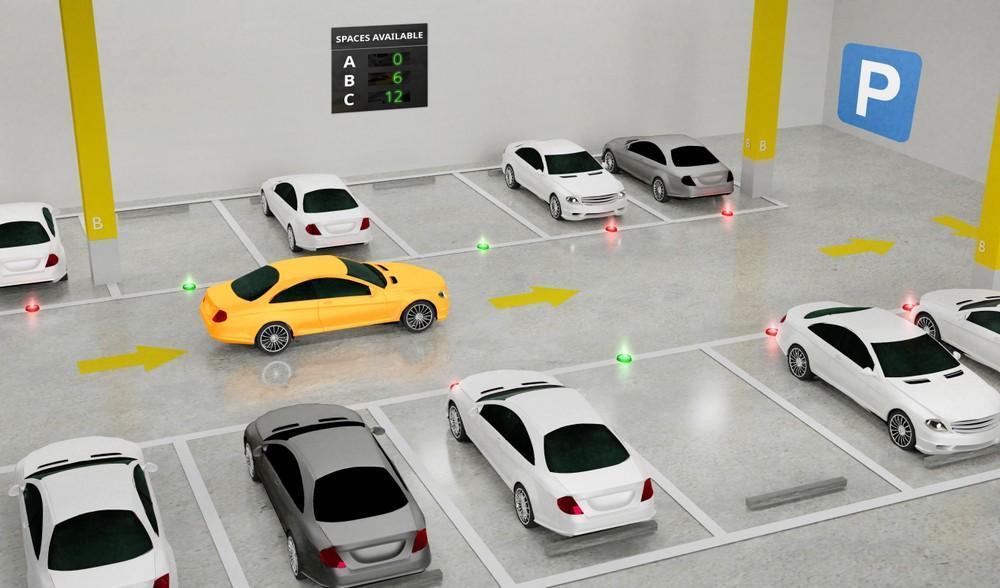Governments can improve urban planning and reduce congestion by using computer vision in automated parking systems.
The US has over 272.48 million registered motor vehicles. These vehicles obviously require a vast amount of parking space. And, finding empty and affordable parking spaces can be a difficult task for drivers, especially during special events like concerts or festivals. This issue is even more concerning in urban areas, where drivers spend hours searching an empty parking spot. Also, installing parking meters in many places can be an extra expense for governments.
Smart cities use IoT to solve parking issues. However, IoT sensors cannot scan license plates and hence, governments have to use cameras and parking meters. Alternatively, governments can use computer vision to create automated parking systems. By using computer vision in automated parking systems, governments can help drivers in finding vacant parking spots easily. Also, governments can increase parking-related revenues by introducing dynamic parking costs with computer vision.
Computer Vision in Automated Parking Systems
Governments can install surveillance cameras in parking lots and public places. These cameras can collect data about the position of parked cars and empty parking slots in a database. Such cameras can also scan for license plates and car models. With this data, law enforcement agencies can detect violations and investigate crimes like car thefts.
Solutions Offered by Computer Vision
Using computer vision can improve parking systems in the following manner:
Parking Spots
Computer vision can mark parking spots that do not have parking meters. For this, governments can install connected cameras on light poles. These cameras can monitor parking spots and identify the cars that are parked and measure the parking duration. Such data can allow governments to create an inventory of all available parking spots. The data in this inventory can be updated in real time using computer vision. Using this inventory, drivers can locate vacant parking spots with a mobile app. This mobile app can also guide drivers to an empty parking spot near their destination. Also, such parking solutions can prioritize searching for vacant parking spots for disabled drivers.
Processing Payments
Computer vision systems can identify drivers by scanning license plates and model of a car. Using this data, computer vision systems can track how long each car has spent in a parking spot. With the information linked to license plates, parking systems can automatically process payments based on the time a car was parked.
Parking systems can implement dynamic prices with computer vision. With dynamic prices, governments can adjust parking rates according to specific time slots, days, or events. This can help governments in increasing parking-related revenues and reduce congestion by allowing drivers to use nearby parking spots that may cost less.
Planning Urban Infrastructure
Connected cameras can collect data about parking availability, the number of cars, and location-wise parking trends. Such data can help governments in deciding locations that need more parking spots. With such planning, governments can reduce congestions and address the issue of low parking space.
Using computer vision in automated parking systems can help governments in addressing parking issues and improving urban planning. These solutions can become even more advanced by using blockchain in parking systems. By combining blockchain and computer vision, governments can create a secure database of all available parking spaces and accept payments in cryptocurrencies. These solutions can also provide real-time traffic updates to help drivers in navigating to empty spots easily.




Leave your comments
Post comment as a guest